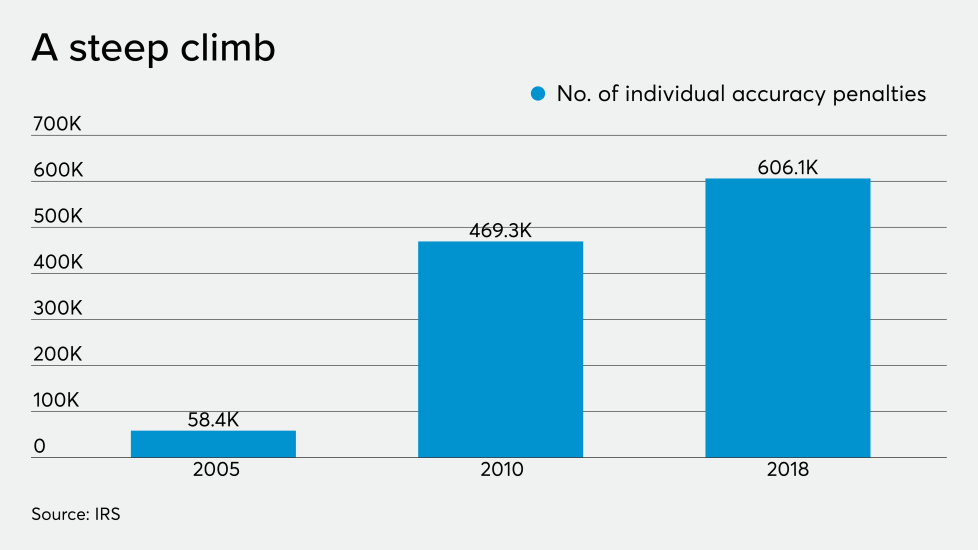Last week I attended the ABA's 36th National Institute on Criminal Tax Fraud in Las Vegas, where IRS Commissioner Charles "Chuck" Rettig announced that for those taxpayers who still have income from unreported offshore accounts, they should take note that the Streamlined Offshore Procedures Won't Last Forever.
Taxpayers should remember that the OVDP (f/k/a OVDI) started back in 2009 to give taxpayers with exposure to potential criminal liability or substantial civil penalties due to a willful failure to report foreign financial assets, a program with specified procedures for resolving criminal exposure and a specified penalties regime. Taxpayers could come forward, pay back taxes with interest and a penalty, and avoid criminal prosecution.
However, that arrangement changed on September 28, 2018, when the IRS ended the OVDP program, by giving 6 months advanced notice in Announcement IR 2018-52. Remaining Disclosure options for taxpayers with non-willful compliance issues included the Streamlined Foreign Offshore and Streamlined Domestic Offshore Procedures.
After September 28, 2018, CI's November 20,2018 memo describes the IRS current requirements for willful taxpayers to make a voluntary disclosure. The new practice has a defacto retroactive effect, since the Memorandum addresses a new process for all voluntary disclosures, both domestic and offshore, following the September28,2018 expiration of the 2014 Offshore Voluntary Disclosure Program. However, the penalty regime under the new framework is far less favorable than under prior programs.
While there is still a trickle of non-willful taxpayers cleaning up under the Streamlined Offshore Procedures, the IRS has made it clear that this the Streamlined Offshore Procedures won't last forever and this may be non-willful taxpayer's last chance to report previously undisclosed foreign accounts under this program.
offshore tax compliance a priority.
The Foreign Account Tax and Compliance Act (FATCA), enacted in 2010, requires foreign financial institutions to report their U.S. taxpayer clients to the U.S. government. In addition, inter-governmental agreements (IGAs) with 113 countries mean that foreign governments are also sharing information with American authorities to combat offshore tax evasion. For more on this, please see our Blog posts:
- FATCA Information
- 150 Offshore Banks Turning Over Names To The IRS
- Data Mining
- whistleblower leads
- civil examination
- criminal prosecution and
- How Will the IRS Know About My Foreign Account?
This additional reporting may identify taxpayers who were able to hide their assets in the past and this may be non-willful Taxpayer's last chance to come clean under the Streamlined Foreign Offshore and Streamlined Domestic Offshore Procedures.
Read more at: Tax Times blog



















